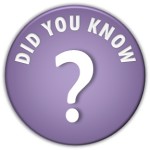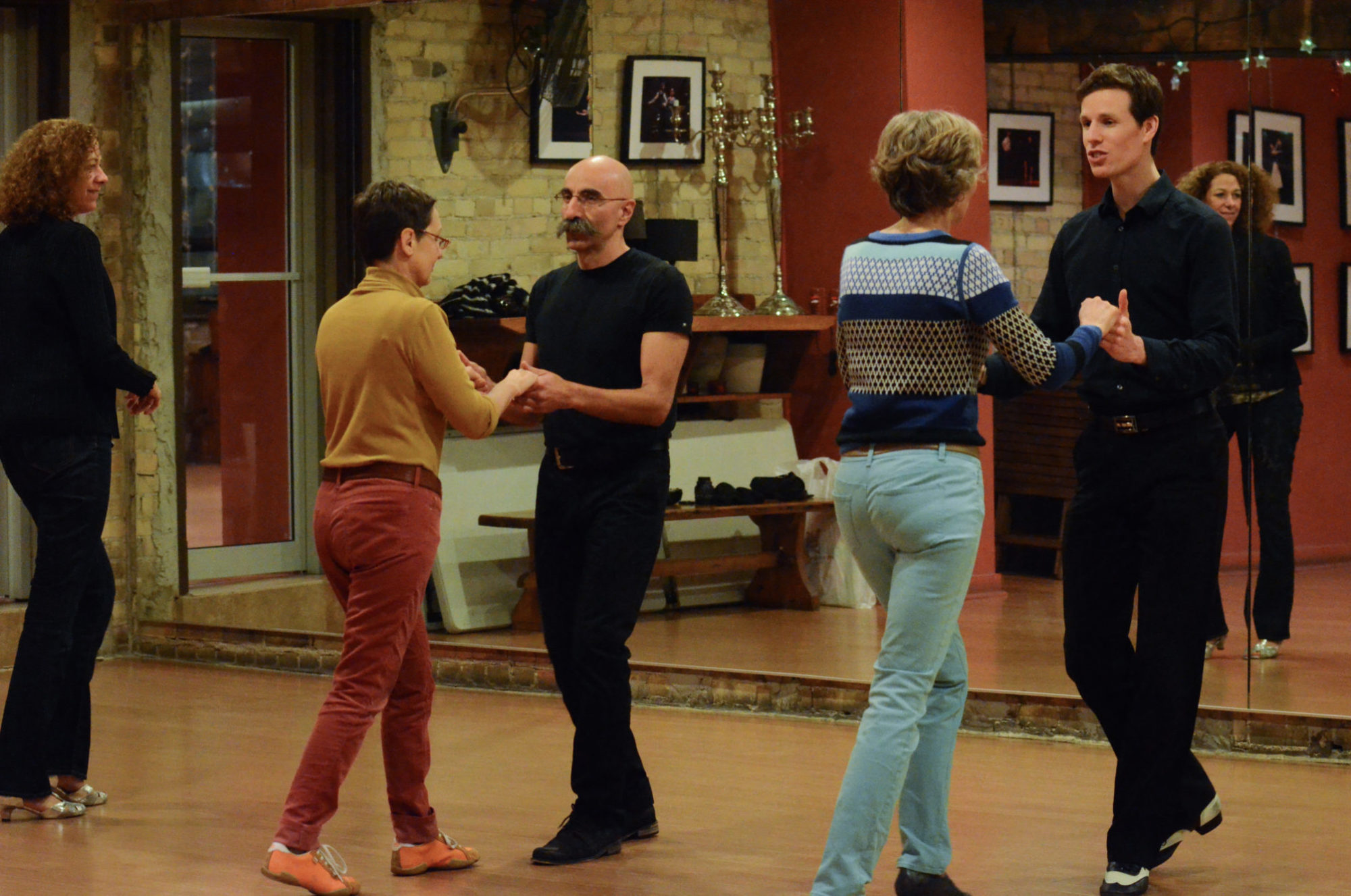Whether it’s a slow waltz or a blazingly fast salsa, turns, spins, pivots and other types of rotations are a part of every dance style. Want to improve your balance, make snappier dance turns, or just sound smart talking about them to your buddies? Let’s start by taking a detailed look at a how a dance turn actually works.
How exactly, does one make a dance turn?
The absolute simplest way to describe a dance turn is as follows: Part of your body starts to rotate, followed quickly by the rest of the body. Two things must happen for this to work:
- You must start the rotation with a specific body part: The initial rotation can start with a foot, hip, torso, head, or even a knee or elbow if you know how. The only thing you can’t do is turn your whole body at exactly the same time - that would be like trying to go instantly from 0 to 100 miles/hr in your car, with no build-up.
- Once that body part starts moving, nearby muscles must tighten to rotate the rest of the body: For example, if your chest turns, your abdominals must immediately tighten to turn your lower body as well. The one exception is turning the foot, since the body naturally tries to face the same direction as your toe without any tightening. If you don’t believe me, just try standing on one foot that’s turned outwards, then lifting your other foot off the ground.
 Most turns are initiated from the hip or just above, because they are closest to the body’s centre of gravity and least likely to tip you over.
Most turns are initiated from the hip or just above, because they are closest to the body’s centre of gravity and least likely to tip you over.
Dance turns in rhythm (ex. salsa, rumba)
Rhythm styles use a lot of hip rotation, so naturally they play a key role in driving many dance turns. Some traveling turns also begin by turning the foot in the direction you wish to travel, as with a sideways travel turn in bachata, or a gradual torso turn like in bolero movements.
Dance turns in smooth (ex. waltz, foxtrot)
A torso rotation towards the front foot, as in tango contra checks or waltz reverse turns (this is also call contra-body movement, for you smarty-pantses) is common here. Another common rotation uses a slight hip rotation when shifting into promenade, or more strongly in tango swivels. Foot rotations are often used as a turn prep as well.
In our next segment, let’s look at the qualities we look for in a good dance turn, and how to develop them. Then, we’ll take a closer look at specific turns, and what makes them shine!
Credits
Ballroom Dancers
The Dance Store
About the Author
Ian Crewe has been dancing ballroom for almost 20 years, and has a Licentiate in American smooth and rhythm. His passion for dance and his endless seeking for ways to reach new audiences eventually led him to blogging and the World Wide Web. Ian currently teaches ballroom at the Joy of Dance Centre, Toronto, ON, Canada.

great demonstational videos, thanks
Glad you found them helpful 🙂
Hi Ian,
Love your blog. Please add Mike, who by the way is my new husband, to your list. Photos to follow. Miss you, Ellen
!!!! That’s awesome, congrats Ellen! I’m so glad you found someone who shares your dancing passion 😀 Yes, send those photos ASAP! Miss you too.